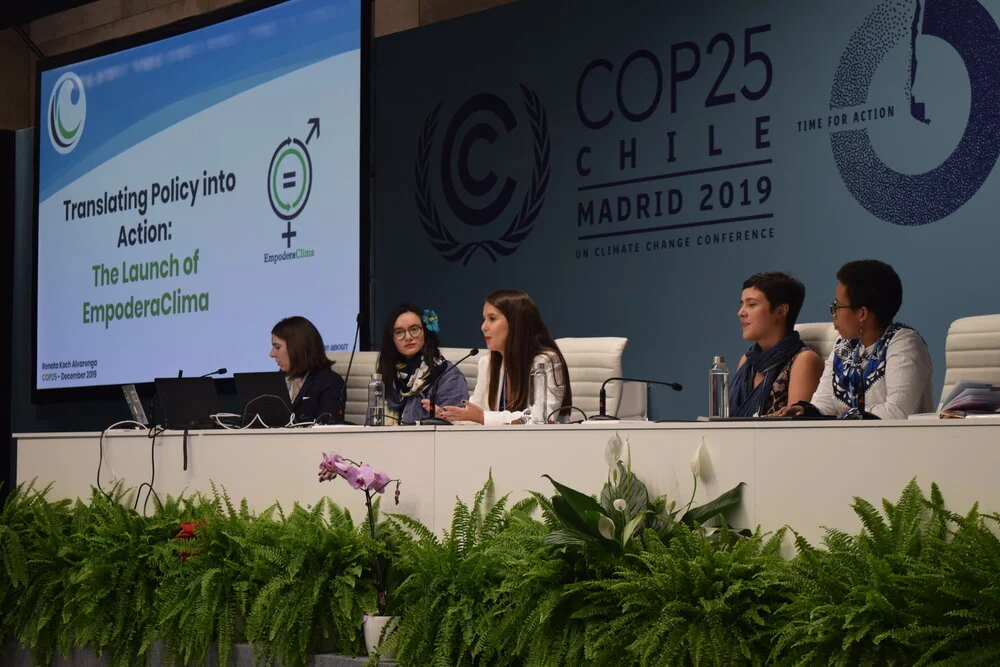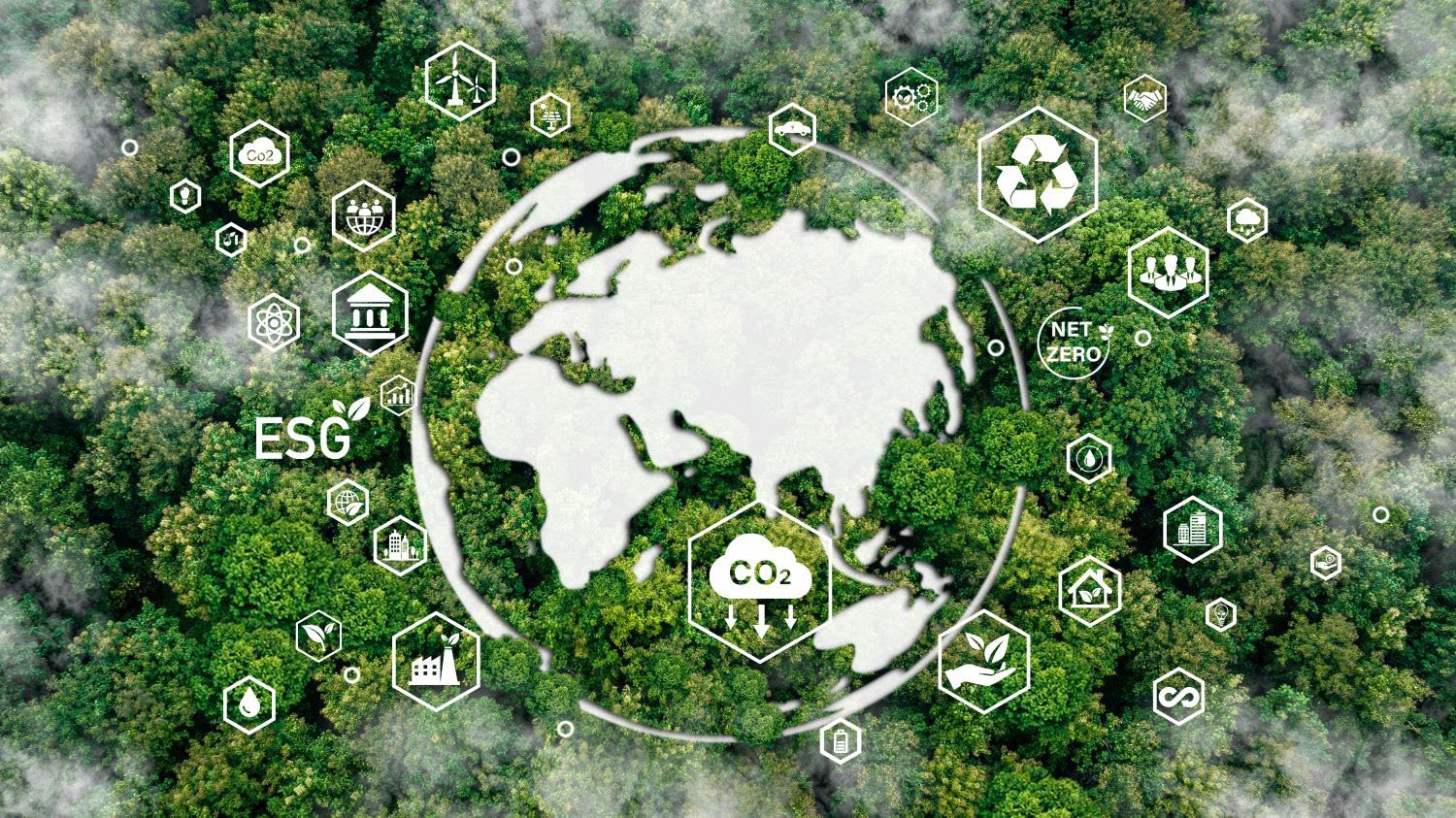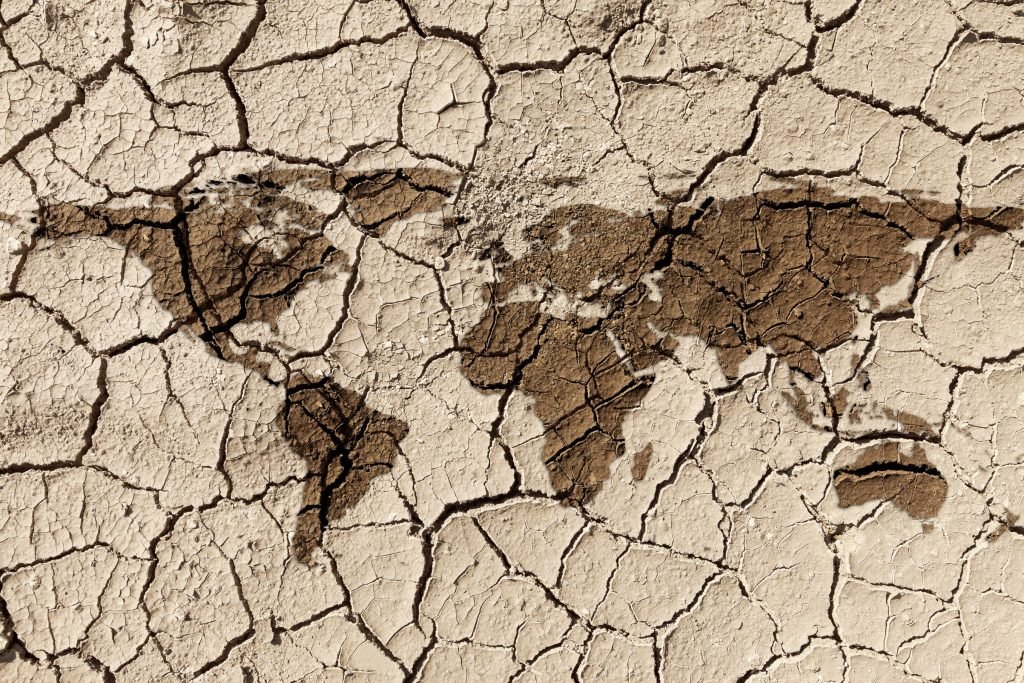
The Paris Agreement: Wins and Where We Still Need to Go
This past weekend was the five-year anniversary of the signing of the Paris Agreement. We reflect on what this accomplishment secured for climate justice and action toward a sustainable future, and also what was missing from the initial agreement as we’re looking toward a sustainable future for all peoples across the globe.

Climate Education as a Foundation for Achieving the Goals of the Paris Agreement
On the 5th anniversary of the Paris Agreement, we take a moment to reflect on climate education, empowerment, and the role of youth to reach global emission reduction goals.
![Paris Agreement vs Kyoto Protocol [Comparison Chart]](https://images.squarespace-cdn.com/content/v1/5f0e6aef12c07006d5b438d0/1607969787423-0R3RRQC84BUGOTKPG3AB/Green+Fiction+Vs+Non-Fiction+School+_+Academic+Infographic+Poster.png)
Paris Agreement vs Kyoto Protocol [Comparison Chart]
The Kyoto Protocol and subsequently the Paris Agreement are accords made between nations to unify the fight against rising global temperatures. Both agreements have made impacts on reduced emissions. Find out more about the significant difference between the Kyoto Protocol and Paris Agreement.

What is the Paris Agreement?
The Paris Agreement is an international treaty created between countries within the United Nations (UN) to limit the increase of global temperature rise to 1.5 degrees Celsius from pre-industrial levels. The agreement limits all large emitting nations and gives developing countries guidance and pathways to curb emissions.

Five Steps to Writing A Land Acknowledgment
A land acknowledgement is a written statement that acknowledges the indigenous peoples on whose land you live. They are small, yet powerful statements that recognize and name indigenous peoples. Learn how to write a land acknowledgement that empowers indigenous peoples through this guide!

United States President-Elect Joe Biden in the Context of the Global Climate Movement
On November 7th, 2020, news agencies across the world projected with confidence that Joe Biden would be the next president of the United States. Care About Climate calls on the Biden Administration to take bold action on climate change to protect our global interests, and the well-being of the American people. Our volunteers from around the world shared what this election means to them.

Thinking Ahead: How Can We Create a Just Recovery from Covid-19
Greenhouse Gases are likely to drop by up to 5% this year, close to the 7.5% yearly reduction in emission that is advised by scientists during the next decade. While nominally this sounds impressive, there is no cause for celebration. This reduction has only been made possible by an economic paralysis which came at the price of human well-being.

Nature Based Solutions
When it comes to climate change there is no single “easy fix”. But one strategy that has proved useful is biomimicry, a powerful design tool that encourages engineers and planners, among others, to think about how they can replicate the earth’s functions. In some cases, this may mean restoring natural areas, to bring back the benefits that the area provided prior to development.

ACE Now! The Importance of Climate Action for Empowerment
ACE (Action for Climate Empowerment) and the six topics it encompasses, has been recognized by the world’s top Climatologists as an important tool to encourage action. (2019)

Sustainable Cities: Lessons in Bottom-Up Climate Action
Cities are a particularly challenging topic to discuss because of the high population density, and therefore high emissions in a smaller space. For cities to contribute to climate action, their infrastructure must be completely changed, or they will be unsustainable. American cities in particular need to reform the way that they deal with city sustainability because reform is uneven amongst regions and incongruent with the targets that the U.S. has set for reduced climate emissions in 2030 and 2050.




Over 78,000,000 acres (15 billion trees (approx.)) of rainforests are being burned annually; this is equal to 200,000 acres of land (41 million trees) being burned every day